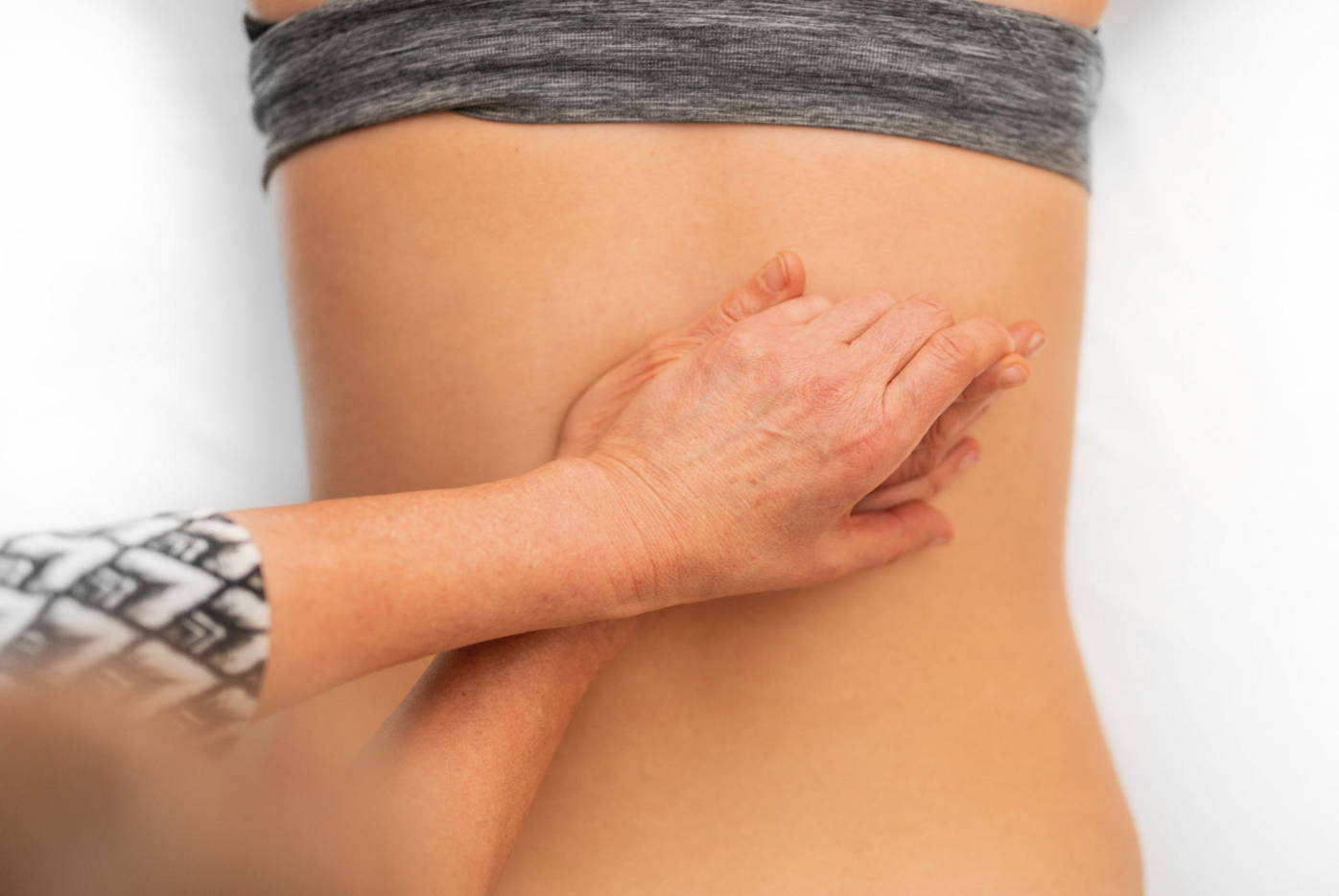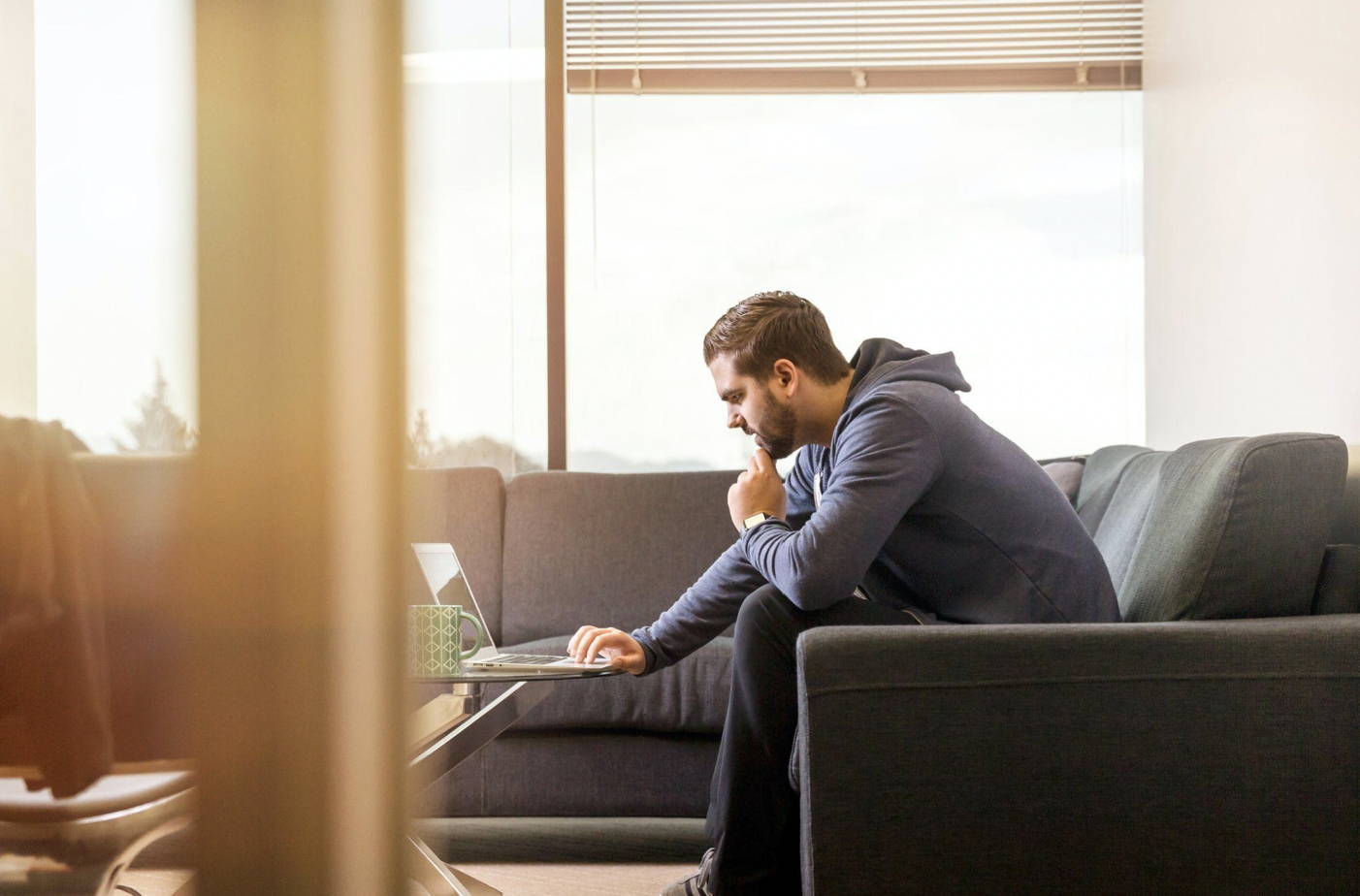Discover the answer to "why does my lower back hurt?" - including common causes and ways to improve low back pain.

August 2022. This article is independently written by Shelby Golding. All opinions given are hers. Shelby has been certified as a personal trainer and nutritional specialist since 2007. In 2008, she found her passion for writing about these topics and hasn't looked back.

The spine enables movement and balance. It's the support beam that keeps us upright and connects our body to the brain. Unfortunately, low back problems are one of the most common types of pain, affecting four out of five people at some point in their lives. It may come on suddenly or build up over time, but low back pain might severely impact your quality of life when it hits.
You may be wondering, "why does my low back hurt?" Keep reading to learn the common causes of low back pain and some solutions for treating it.
Low Back Pain Causes
A frustrating aspect of pain, especially chronic pain, is finding out what's causing it. Discovering the exact reason for your low back pain will usually start with physical tests on various parts of the spine.
1. Physical Causes
Step one to loving fitness is to take responsibility for all excuses, failed attempts, health problems, and whatever else came before. You need to stop blaming your dislike of fitness on others and realize that your wellness lies in your hands.
People give up responsibility in any number of ways. For example, you may put others' health before your own or stay so busy that you couldn't possibly have time to make it to the gym.Mechanical and soft tissue injuries are the most common reasons for low back pain. Physical causes might be inherited, disease-related, or the result of trauma or injury.
Typically, pain falls into two categories: acute and chronic. Acute low back pain may be caused by sudden movement, lifting heavy objects, poor posture, or a sports injury. It may start all at once or come on gradually. By definition, acute low back pain lasts less than three months.
Typically, pain falls into two categories: acute and chronic. Acute low back pain may be caused by sudden movement, lifting heavy objects, poor posture, or a sports injury. It may start all at once or come on gradually. By definition, acute low back pain lasts less than three months.
Occasionally, acute pain turns into chronic pain, lasting three or more months. However, chronic low back pain usually involves disc, joint, or nerve root problems instead of muscle pain.
A few of the most common physical causes of low back pain include:
● Age
● Torn or pulled muscle
● Sprained ligament
● Herniated disk
● Degenerative disc disease
● Sacroiliac joint dysfunction
● Spinal stenosis
● Spondylolisthesis
● Osteoarthritis
● Compression fracture
● Osteoarthritis
● Tumor
● Autoimmune diseases like rheumatoid arthritis or Crohn’s disease
● Kidney problems
● Myofascial pain syndrome
To answer "why does my lower back hurt?" you may require medical tests and a diagnosis to identify the cause. They may also require further treatment to manage pain or current spinal imbalances.
● Age
● Torn or pulled muscle
● Sprained ligament
● Herniated disk
● Degenerative disc disease
● Sacroiliac joint dysfunction
● Spinal stenosis
● Spondylolisthesis
● Osteoarthritis
● Compression fracture
● Osteoarthritis
● Tumor
● Autoimmune diseases like rheumatoid arthritis or Crohn’s disease
● Kidney problems
● Myofascial pain syndrome
To answer "why does my lower back hurt?" you may require medical tests and a diagnosis to identify the cause. They may also require further treatment to manage pain or current spinal imbalances.
2. Lifestyle Causes

Lifestyle causes might be more challenging to pinpoint. When a doctor is diagnosing a physical problem - like the ones listed above - they may ask about your habits to figure out why your low back pain started in the first place. Even seemingly insignificant details like a new pillow or how you sit at your desk at work could result in low back pain.
One of the leading causes of low back pain is a sedentary lifestyle. Sitting puts extra pressure on your spine, which can cause problems like a herniated disk or pinched nerve over time. If your occupation involves sitting for eight hours or sitting in awkward positions, your risk of developing low back pain increases.
Other occupations that require lifting heavy objects or continuous repetitive motions also cause low back pain.
People who are overweight or obese have an increased risk of developing back pain. The more weight you gain, the greater your risk.
Diet plays a role in weight gain but also increases general inflammation and decreases pain tolerance. Conversely, a diet full of processed sugars, refined carbohydrates, and unhealthy fats negatively impacts your well-being and may worsen any existing back pain.
Similar to how your diet can cause low-grade inflammation, your mental health also influences how you feel pain. For example, chronic low back pain is associated with the increased possibility of depression, anxiety, stress, and sleep problems, and vice versa.
Back Pain Solutions
The solution to your low back pain will depend on your specific diagnosis. However, some answers will support pain relief on all sides.
Regarding your lifestyle, you should focus on improving your posture, engaging your core, and stretching regularly.
Regarding your lifestyle, you should focus on improving your posture, engaging your core, and stretching regularly.
You'll also want to make lasting changes to your diet and sleep quality. A healthy diet promotes a strong immune system and reduces inflammation. And quality sleep improves the long-term prognosis for chronic musculoskeletal pain.
Sometimes, you simply need ways to manage the pain to make the necessary improvements. Ice and heat, massage, and mindfulness are all useful tools for pain management. In addition, relaxing the body will take your mind off the low back pain and even decrease your reactivity to pain.
When it comes to low back pain, you should consider seeing a specialist such as a chiropractor or physical therapist. They may try nerve stimulation, ultrasound, manipulations, exercises to correct your posture, and spinal injections to relieve the pain.
Sometimes, conservative treatment doesn’t yield any results. In these cases, back surgery may be the only option left to treat your low back pain.
Low Back Pain
If your top concern is answering the question, "Why does my low back hurt?" you should start by analyzing your lifestyle for clues. Then, you and your doctor can work together to discover where your low back pain started and figure out the right road to get rid of it.
The sooner you deal with your low back pain, the better off you will be. Structural issues will only worsen with time, and chronic pain won't disappear until you identify and treat the cause.
In addition to working with your doctor to understand your lower back pain, remember to use your Kailo Pain Patch so that you can keep enjoying your life. The Kailo Patch is designed to relieve pain in seconds. Recently, a clinical study showed a significant decrease in lower back pain among participants.
Disclaimer: Kailo should not be used if you have a pacemaker or if you are pregnant. Always consult your doctor or health care professional before using Kailo.
The sooner you deal with your low back pain, the better off you will be. Structural issues will only worsen with time, and chronic pain won't disappear until you identify and treat the cause.
In addition to working with your doctor to understand your lower back pain, remember to use your Kailo Pain Patch so that you can keep enjoying your life. The Kailo Patch is designed to relieve pain in seconds. Recently, a clinical study showed a significant decrease in lower back pain among participants.
Disclaimer: Kailo should not be used if you have a pacemaker or if you are pregnant. Always consult your doctor or health care professional before using Kailo.






